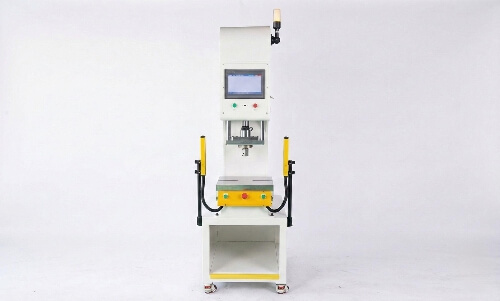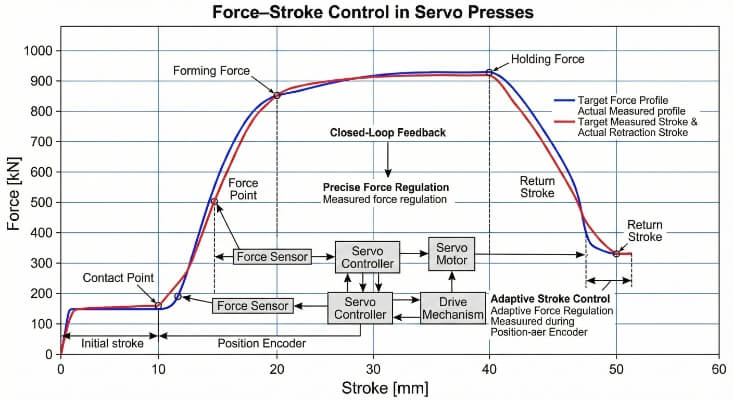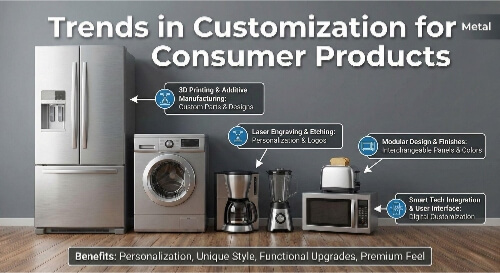Many parts fail early or wear out because the steel is too soft or brittle. This can lead to breakdowns, safety issues, or lost money. Heat treatment changes how steel acts by adjusting its inner structure. It can make steel harder, more rigid, or more flexible, depending on what you need. But some people don’t know what heat-treated steel really is, how it’s made, or why so many industries use it.
If you work with metal or buy steel parts, you must know why heat treated steel makes a difference. Let’s break down what heat treatment does and where it matters.
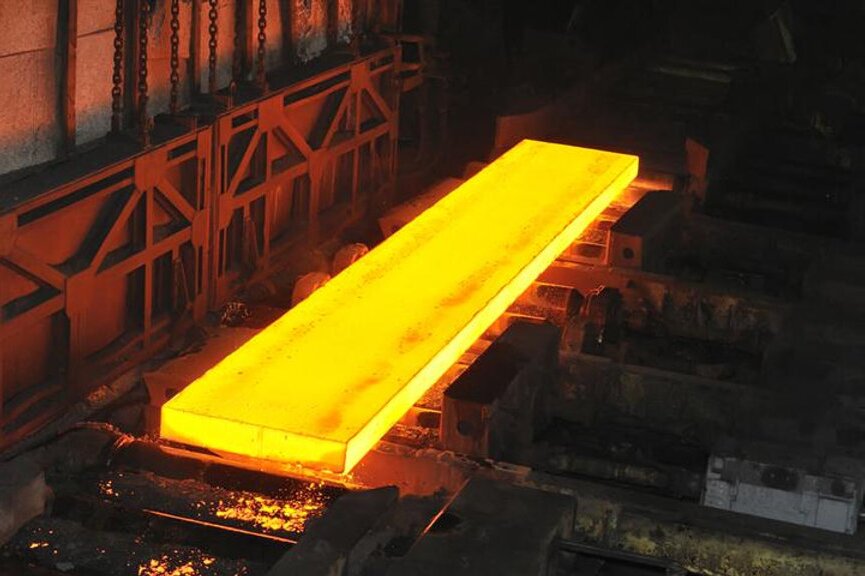
What Is Heat Treated Steel?
Heat-treated steel is steel that has been heated and cooled in a specific way to change its internal structure. It works by changing the microstructure of steel, which is made up of grains that form during solidification and cooling. The goal is to control how these grains form and change.
The process doesn’t add anything to the steel. Instead, it rearranges the atoms inside the metal, making it act differently under stress or heat. It can also improve how the steel wears or resists impact.
There are many types of heat treatment, each affecting the steel differently. Some make it very hard, while others make it more flexible or easier to cut.
How Does Heat Treatment Work?
Heat treatment changes steel’s behavior by controlling its heating and cooling. Below are the key steps and methods for heat treating steel:
Heating the Metal
Steel is first heated to a specific temperature—usually between 750°C and 950°C (about 1380°F to 1740°F), depending on the type of steel and the goal of treatment.
At these temperatures, the steel’s internal structure transforms. The atoms vibrate more and move freely, and the steel enters a phase called austenite, which is soft and non-magnetic.
Soaking (Holding the Temperature)
Once the target temperature is reached, the steel is held there for a specific time to allow the structure to change completely. This soaking time depends on the size and thickness of the part.
- A common rule is 1 hour per 25mm (1 inch) thickness.
- For a 12mm-thick steel plate, a soaking time of around 30 minutes is usually enough.
If the soaking time is too short, the transformation is incomplete, leading to soft cores or uneven hardness. However, grain growth occurs if the time is too long, which can reduce toughness and make the steel brittle.
Cooling the Metal
Cooling is the most critical stage. It controls how the steel’s structure reforms, directly affecting the final mechanical properties.
- Quenching (fast cooling) in water or oil can cool steel from 850°C to 100°C in under 10 seconds, creating a complex martensite structure.
- Annealing (slow cooling in a furnace) may take several hours. It allows the structure to become pearlite or ferrite, which are softer and more ductile.
Different steels require different cooling methods:
- Water quenching is often used for plain carbon steels, but can cause cracks in high-alloy steels.
- Oil quenching is slower and better for alloy steels like 4140 or 4340.
- Air cooling is used for air-hardening steels such as A2 tool steel.
Structural Changes in the Steel
Heat treatment changes the steel’s microstructure, which controls how it behaves in use.
Here are some key structures:
| Structure | Formed When | Properties |
|---|---|---|
| Austenite | Heated above 723°C | Soft, flexible, non-magnetic |
| Martensite | Quenched rapidly | Very hard, brittle, high wear resistance |
| Pearlite | Cooled slowly | Medium hardness, good toughness |
| Bainite | Cooled at medium rate | Tougher than pearlite, less brittle than martensite |
Post-Treatment Steps
After heat treatment, the steel may still need adjustments depending on its final use.
- Tempering is done after quenching to reduce brittleness. Tempering at 200–600°C can bring the hardness down slightly while improving toughness.For example, tool steel hardened to 62 HRC may be tempered to 58 HRC, gaining more shock resistance.
Types of Heat Treatment Processes
Heat treatment changes how steel behaves. Each method uses a different method of heating and cooling to achieve the desired result.
Annealing
Annealing softens steel and makes it easier to process. During this treatment, the steel is slowly heated to a temperature typically between 500°C and 700°C (or even higher, depending on the material) and then cooled very slowly inside the furnace.
The slow cooling allows the atoms inside the steel to move into a more relaxed position. This reduces internal stresses that may have formed during earlier cutting, bending, or welding. It also helps grow larger grains in the steel’s structure, making the material less complicated and more ductile.
As a result, annealed steel is easier to bend, drill, or machine. However, it loses some strength and wear resistance. This method is usually used before further shaping or cutting. It’s often applied to cold-rolled steel, stainless steel sheets, and steel used in deep drawing or stamping operations.
Normalizing
Normalizing is similar to annealing, but with faster cooling. The steel is heated to a higher temperature—usually around 750°C to 950°C, above the transformation point where the grain structure changes to austenite. It is then cooled in open air, not inside a furnace.
This faster cooling creates finer grains in the steel. A fine-grain structure improves strength, toughness, and uniform mechanical properties. It also helps remove the effects of uneven heating or work hardening from previous processes.
Normalized steel is stronger than annealed steel but still keeps some flexibility. It’s often used for parts that face steady loads or vibrations, such as engine shafts, connecting rods, or cast steel components.
Hardening
Hardening is used when steel needs to be extremely hard and strong. This process involves heating the steel to a high temperature—usually between 800°C and 900°C, depending on the type of steel. The goal is to transform the internal structure into austenite.
Once heated, the steel is quickly cooled, or “quenched,” in water, oil, or another cooling fluid. This sudden drop in temperature changes the structure into martensite, which is very hard and strong. However, martensite is also brittle and can crack under impact.
Hardening is mainly used for tools, knives, dies, punches, or parts that need to resist heavy wear. But because it makes steel brittle, it is almost always followed by tempering.
Tempering
Tempering is a follow-up step to hardening. It reduces the brittleness caused by martensite. In this process, the hardened steel is reheated to a lower temperature—usually between 150°C and 650°C—and then cooled again at a controlled rate.
This step allows some of the internal stress to relax. It slightly reduces hardness but increases the steel’s ability to absorb shock or handle sudden forces without breaking. The exact temperature and time depend on how much hardness or toughness is needed.
Tempered steel strikes a balance between hardness and toughness. It’s used for springs, structural supports, tools, and machine parts that must take impact without cracking.
Effects of Heat Treatment on Steel Properties
Heat treatment changes how steel behaves in real-world use. It works by changing the metal’s internal structure, which affects its strength, flexibility, and lifespan.
Strength and Hardness
Heat treatment can make steel stronger and harder. Methods like hardening and tempering raise their ability to handle pressure and resist wear.
Stronger steel keeps its shape better during heavy use, making it useful for cutting tools, dies, and high-load machine parts.
But if steel becomes too hard, it can also turn brittle. That’s why hardening is often followed by tempering. This step helps restore some flexibility while maintaining strength.
Ductility and Toughness
Ductility is how much the steel can bend or stretch before it breaks. Toughness is how well it can handle hits or sudden force.
Processes like annealing and normalizing help improve both. These steps soften the steel and make it less likely to crack.
Toughness is essential for parts like frames, brackets, or supports. These parts often deal with shocks or shaking. Without enough toughness, the steel might break under sudden stress.
Wear and Corrosion Resistance
Harder steel usually wears out more slowly. That’s why heat-treated parts, like tools or dies, often last longer than untreated ones.
Heat treatment can also help improve rust resistance, especially when paired with other protective coatings. It’s not a complete corrosion solution, but it makes the steel more stable in harsh environments.
Microstructure Changes
The most significant change happens inside the steel. Heat treatment adjusts the metal’s grain structure.
Different forms like martensite, pearlite, or bainite give the steel different qualities. These changes control how strong, flexible, or challenging the steel becomes.
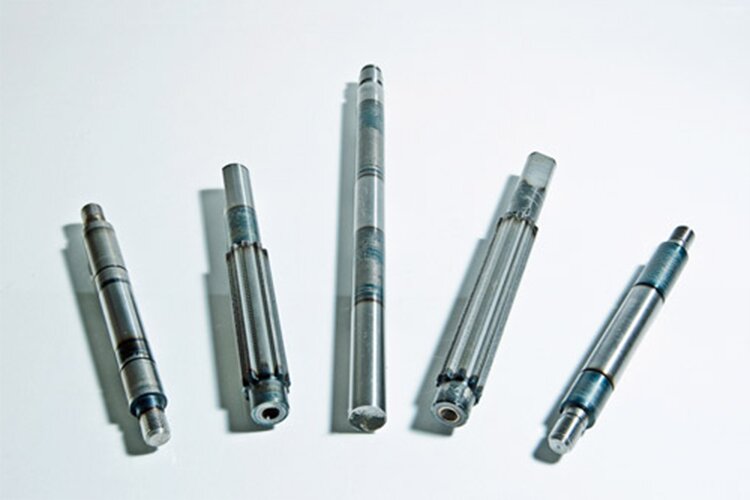
Industrial Applications of Heat Treated Steel
Heat treated steel is used in many industries where strength, durability, and wear resistance matter. The process helps meet performance needs without adding extra weight or cost.
Automotive Components
Many car parts go through heat treatment to handle stress, impact, and heat. Common examples include:
- Gears
- Axles
- Crankshafts
- Suspension parts
Hardening gives these parts the strength to resist wear, and tempering helps them absorb shock without cracking. The result is a longer life and better performance on the road.
Aerospace and Aviation
Aircraft parts must be strong but also lightweight. Heat treated steel is used for:
- Landing gear
- Engine parts
- Fasteners and brackets
These parts are exposed to extreme pressure, vibration, and temperature shifts. Heat treatment gives them the toughness and stability they need to stay safe in flight.
Construction and Heavy Equipment
Structural steel, machine frames, and load-bearing parts all benefit from heat treatment. It improves load strength and reduces failure in:
- Cranes
- Excavators
- Building supports
- Welding structures
Tough, reliable steel means these machines can work longer and handle more stress without damage.
Tool and Die Manufacturing
Cutting tools, dies, and molds go through hardening to hold their shape during repeated use. Examples include:
- Drill bits
- Punches
- Injection molds
- Press tools
Heat treated steel keeps sharp edges longer and prevents cracking under force. This extends the life of tools and keeps production smooth.
Comparing Heat Treated vs Non-Heat Treated Steel
The choice between heat-treated and non-heat-treated steel depends on the part’s intended use. Each option has trade-offs in strength, cost, and durability.
Performance in Harsh Environments
Heat treated steel performs better in harsh conditions. It can handle:
- High loads
- Friction
- Impact
- Heat
Non-heat-treated steel may bend, wear, or crack under stress. It’s not ideal for parts that face constant motion or extreme temperatures. Heat treatment gives the steel the strength and stability to last in these environments.
Cost and Longevity
Heat-treated steel costs more up front, as the process adds time, labor, and equipment, but it pays off over time.
Treated parts last longer, fail less, and reduce the need for replacements or repairs. This lowers long-term costs, especially for machine, vehicle, or tool parts.
While non-heat-treated steel may be cheaper, it wears out faster. Failure of critical parts can lead to downtime or damage.
Weight-to-Strength Ratios
Heat treatment improves the strength of steel without adding weight. This allows engineers to use thinner or smaller parts that meet strength goals.
This is helpful in industries like automotive or aerospace, where cutting weight improves fuel use and performance.
Non-heat-treated steel needs more bulk to match that strength, which adds weight and takes up more space.
Conclusion
Heat treated steel is stronger, more complex, and more reliable than untreated steel. It performs better under stress, lasts longer, and fits various industrial uses. From automotive and aerospace to heavy machinery and tools, heat treatment helps steel meet the demands of real-world conditions.
Do you need parts made from heat-treated steel? We offer custom solutions with fast lead times and tight tolerances. Contact us today to get a free quote or discuss your next project.
Hey, I'm Kevin Lee

For the past 10 years, I’ve been immersed in various forms of sheet metal fabrication, sharing cool insights here from my experiences across diverse workshops.
Get in touch

Kevin Lee
I have over ten years of professional experience in sheet metal fabrication, specializing in laser cutting, bending, welding, and surface treatment techniques. As the Technical Director at Shengen, I am committed to solving complex manufacturing challenges and driving innovation and quality in each project.

